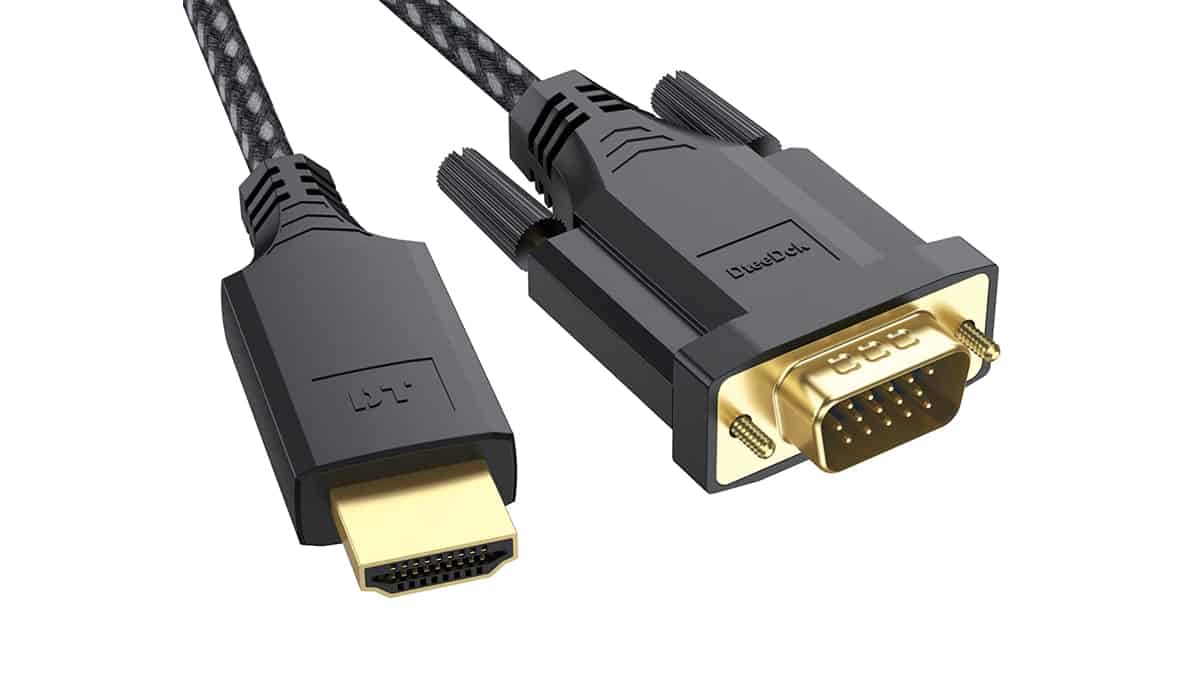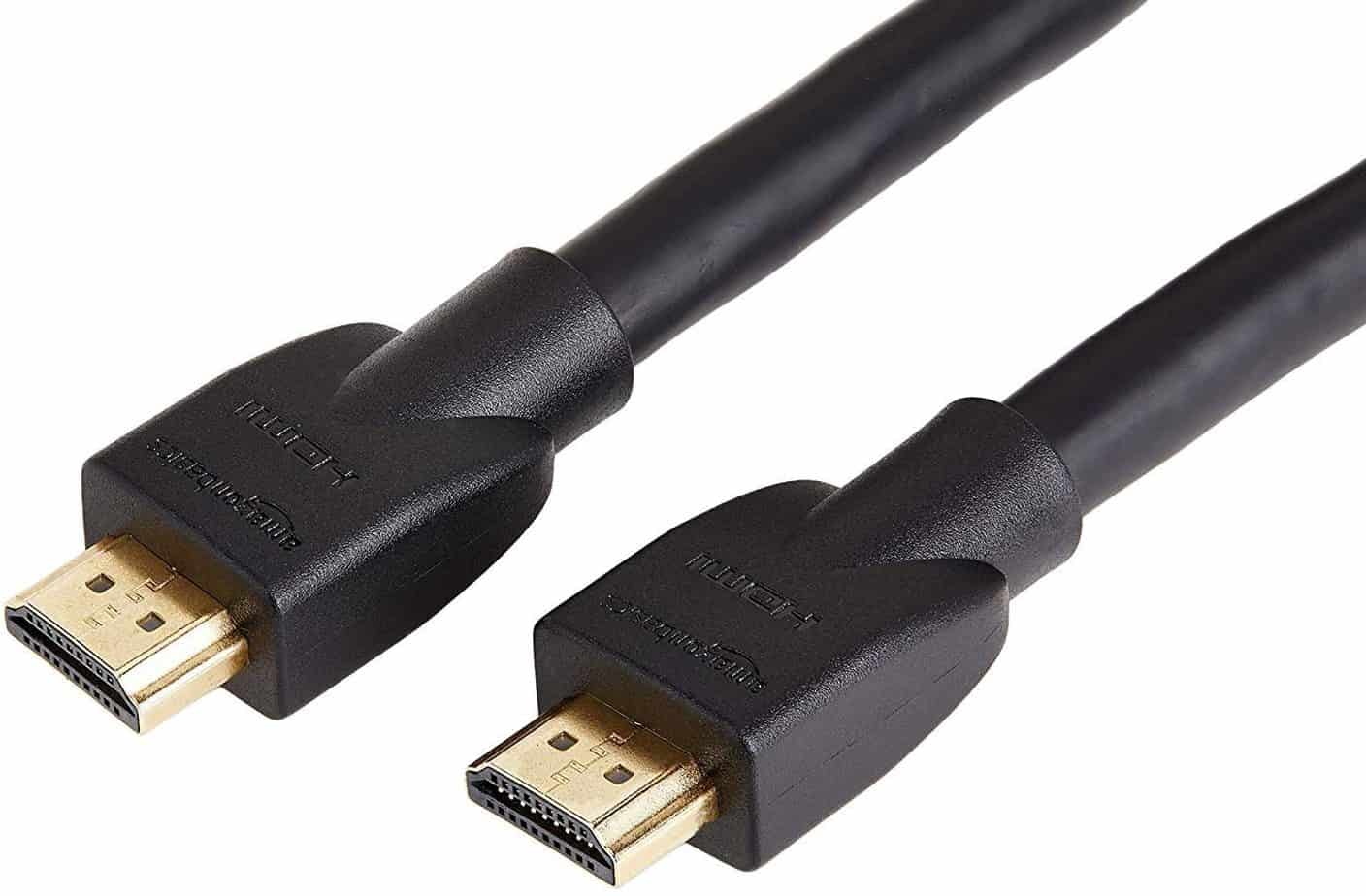HDMI VS VGA

Table of Contents
There are a bunch of different display ports out on there on the market. With monitors, computers, and gaming consoles all having different video inputs, we understand that knowing which one to use can be difficult. In this guide, we will compare HDMI vs VGA including which display cable offers the best quality experience and is the best option for gamers.
HDMI
HDMI stands for High Definition Multimedia Interface. They allow for high-speed audio and video transfer from a source device to your display. Since its first release in 2002, HDMI capabilities have grown massively.
The latest version, HDMI 2.1, offers supported resolutions and refresh rates of 8K @ 60Hz and 4K @ 120Hz. It also has the capability to support resolutions of up to 10K and has a maximum bandwidth of 48Gbps. This would produce an amazing, immersive visual experience for those whose devices support this. We have even seen this port appear on new TVs such as the highly-rated LG OLED TV series.
VGA
VGA, or Video Graphics Array is an analog connector between your source device and monitor. This display interface dates back all the way to 1987 and was the popular choice by many before the release of HDMI and DisplayPorts. As time has passed, we are now seeing fewer and fewer VGA ports on devices – there is a reason why. Let’s continue exploring.
HDMI And VGA Differences
The first thing to note is that VGA is an analog connector. Whereas HDMI runs as a digital interface. The benefit of transmitting data via digital signals is that the quality can be maintained better due to the ease of removing noise and that they can transmit more information efficiently.
Another clear difference is that HDMI is both a video and audio interface whereas VGA only offers video. As a result, if you ever want to connect a device that uses VGA to one which uses HDMI you will need to purchase a converter.
Now looking at the two connectors physically, they both look very different. A VGA has a three-row 15-pin connector which you screw in to secure it in place. HDMI, however, features 18 pins in a more compact design when compared to the monster that is the VGA.
Is HDMI Better Quality Than VGA?
When it comes to quality, HDMI completely triumphs over VGA. The most widely used, HDMI 2.0, offers visual capabilities of up to 4K. In contrast, the average VGA only offers 640 x 480 resolution and a refresh rate of 60Hz. If you have the option, we definitely recommend using an HDMI cable to connect your device to your monitor because of this.
Is HDMI Better Than VGA For Gaming?
Hands down the HDMI is the obvious choice for gaming. The VGA only offers a 640 x 480 resolution and a maximum refresh rate of 60Hz. This will fail the requirements needed for most new games.
HDMI, however, is much better suited for gaming. The most common version, HDMI 2.0, offers supported resolutions of up to 4K @ 60Hz. If you are lucky to have access to an HDMI 2.1 you could even be gaming at resolutions of up to 10K.
Another clear benefit of HDMI is its versatility. Most monitors and TVs will have an HDMI port, so there is no need to worry about purchasing an additional converter.
Conclusion
There’s no doubt about it. HDMI is clearly superior to VGA in every way possible. Currently, the VGA is gradually being phased out of use with higher quality interfaces dominating the market such as HDMI and DisplayPort. As of today, it is very rare that you will need to use a VGA cable unless you are using a second-hand or old monitor.
- NOW READ HDMI VS DisplayPort


